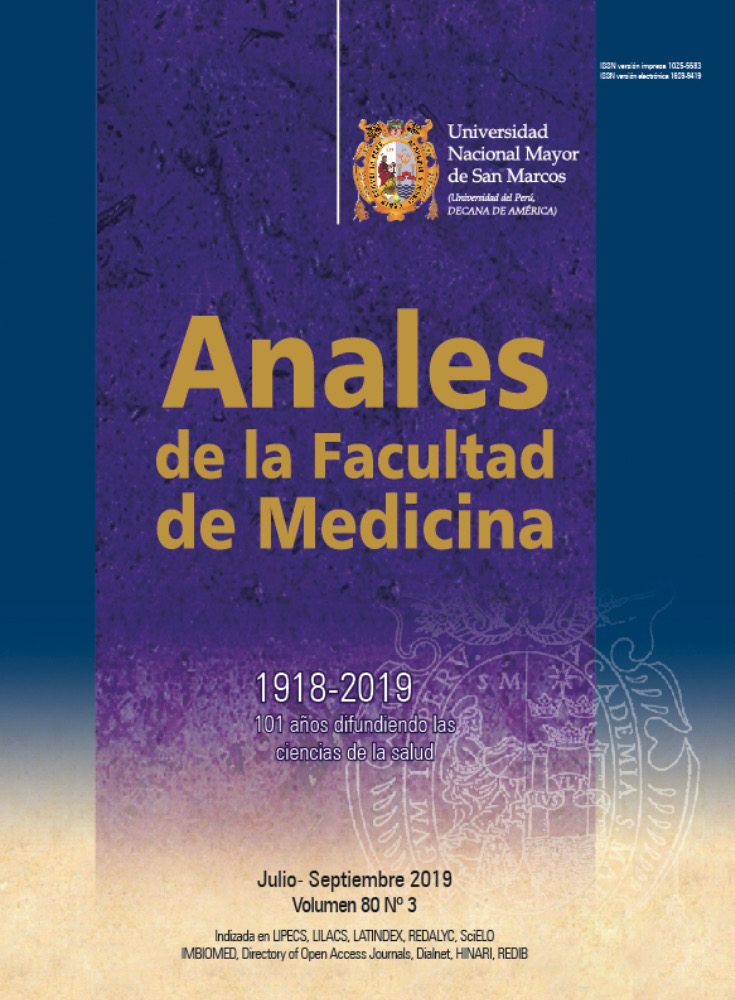Historical synthesis of the coca’s biosocial studies and nutrition in Peru, 1948-1994
DOI:
https://doi.org/10.15381/anales.803.16868Keywords:
Research; Coca; Feeding; Historical Article; PeruAbstract
The objective of this paper is to offer a historical perspective about the scientific investigations respect to the chewing of coca leaves and food ingestion of the Andean population during the second half of the twentieth century. The habit of cocaism was considered one of the most important problems of Public Health in Peru during the 40s, period when the academic debate of the association of deficient food and cocaism was discussed. Years later, epidemiological studies supported this paradigm; however, since the 70s, anthropological reports questioned that claim and defended the social use of coca chewing. During the 80s the pharmacological effects of coca and cocaine were demonstrated in reduction of food consumption in experimental animals, which supported the old Gutierrez-Noriega´s hypothesis.
Downloads
Published
Issue
Section
License
Copyright (c) 2019 Anales de la Facultad de Medicina

This work is licensed under a Creative Commons Attribution-NonCommercial-ShareAlike 4.0 International License.
Those authors who have publications with this magazine accept the following terms:
- Authors will retain their copyrights and guarantee the journal the right of first publication of their work, which will be simultaneously subject to Creative Commons Attribution License that allows third parties to share the work as long as its author and its first publication this magazine are indicated.
- Authors may adopt other non-exclusive licensing agreements for the distribution of the version of the published work (eg, deposit it in an institutional electronic file or publish it in a monographic volume) provided that the initial publication in this magazine is indicated.
- Authors are allowed and recommended to disseminate their work over the Internet (eg: in institutional telematic archives or on their website) before and during the submission process, which It can produce interesting exchanges and increase quotes from the published work. (See El efecto del acceso abierto ).



